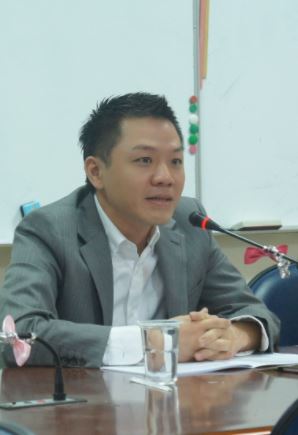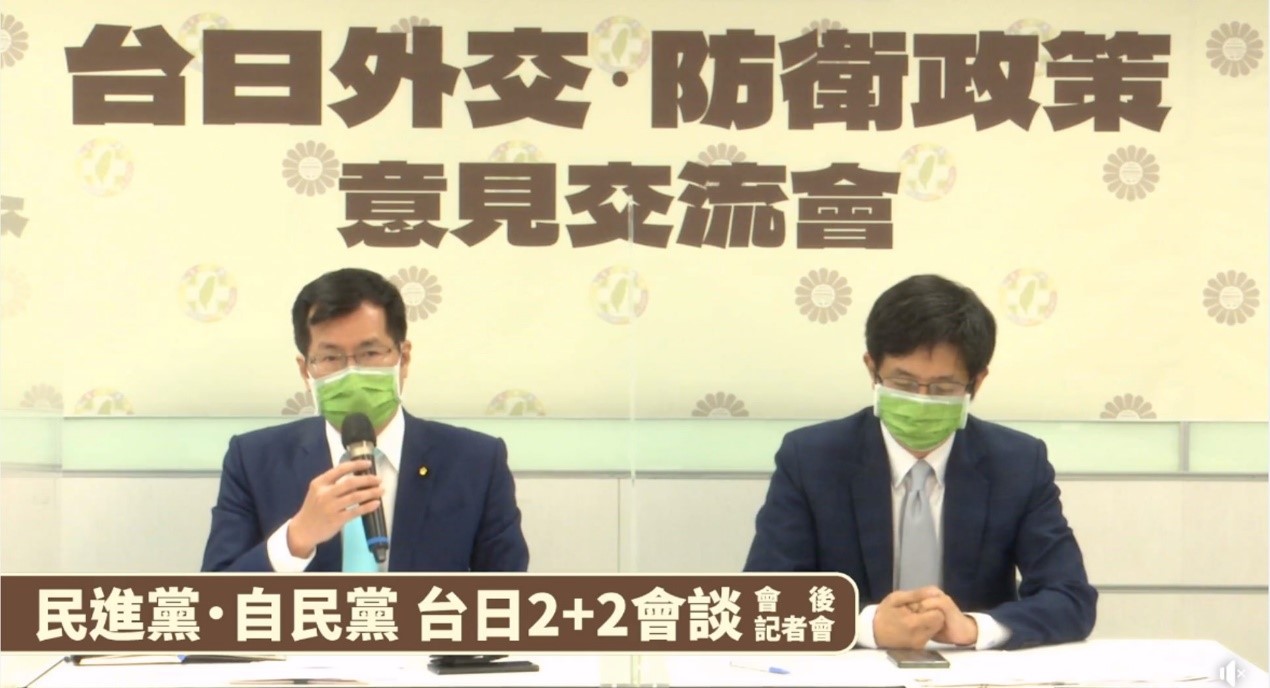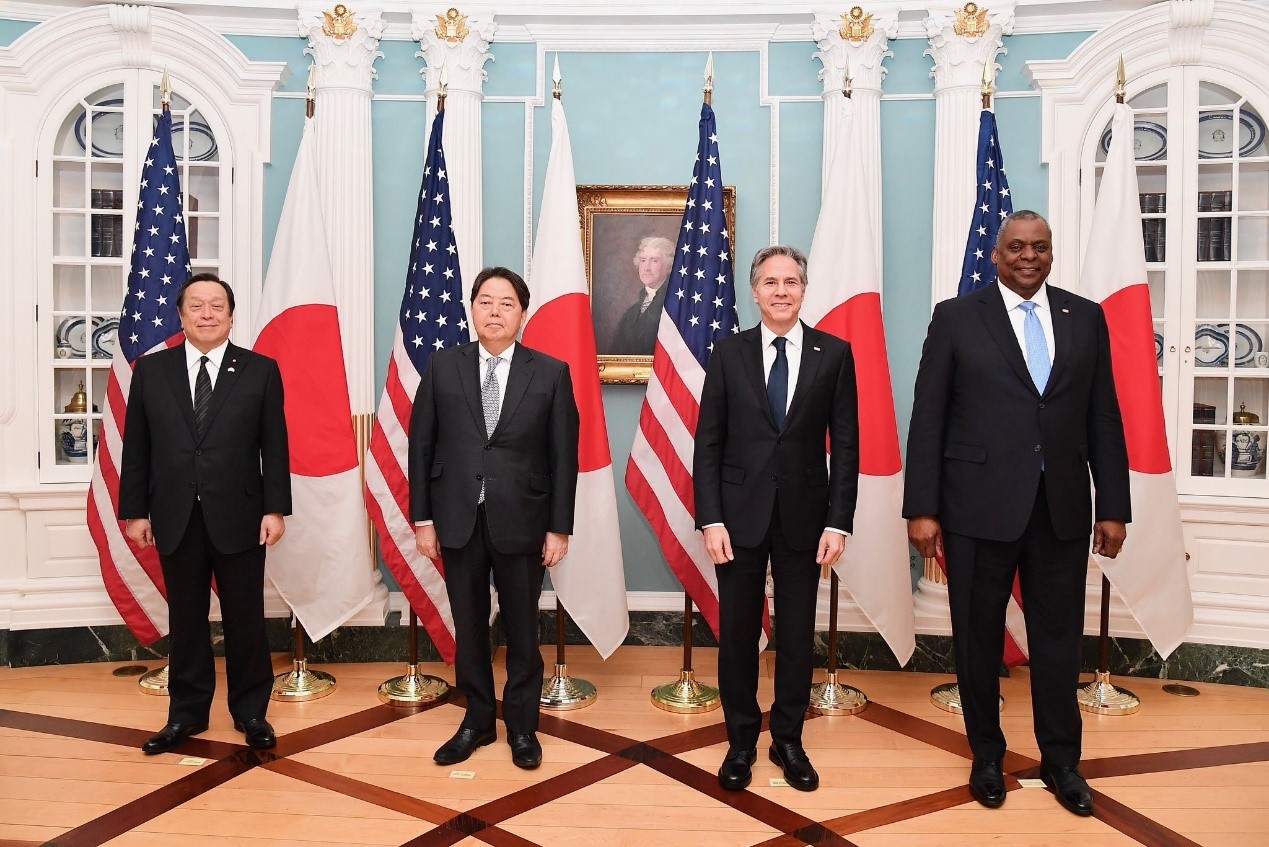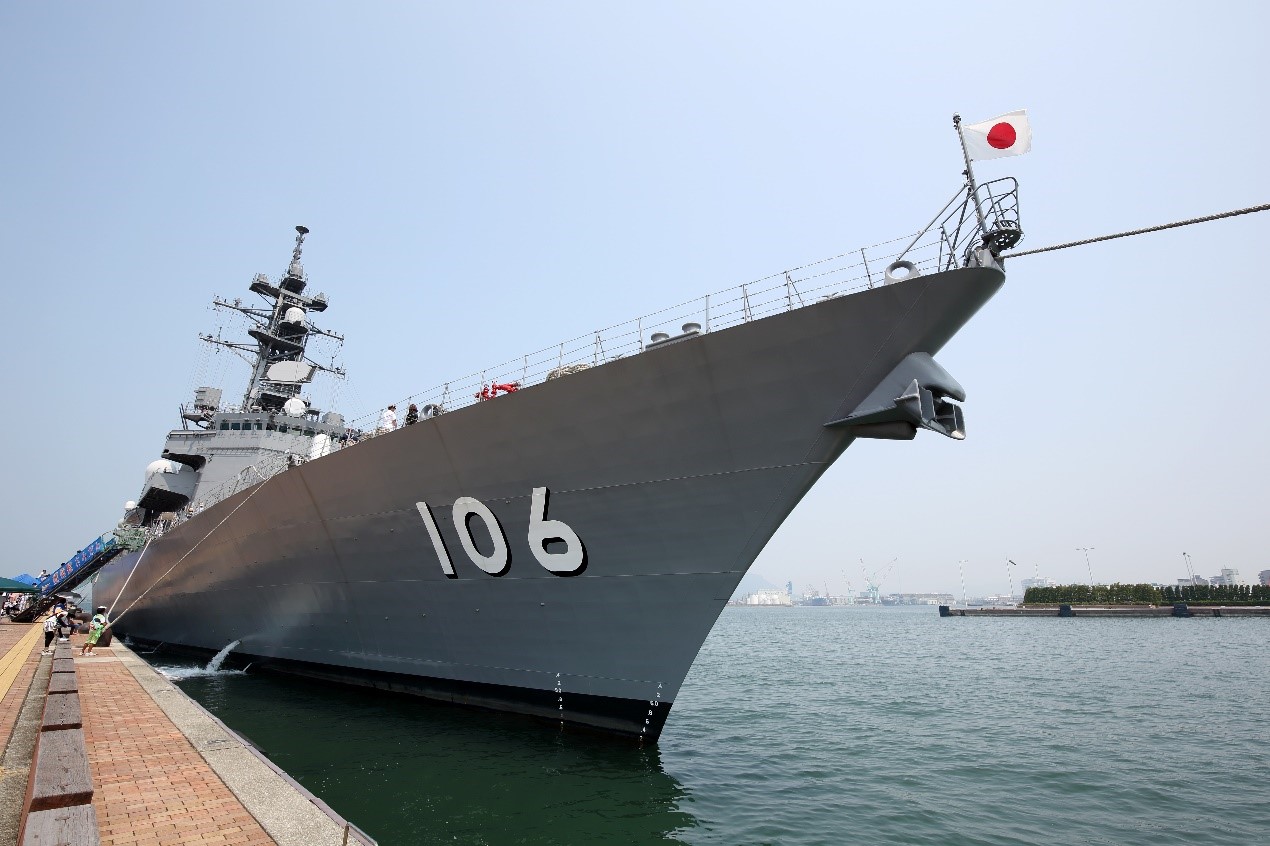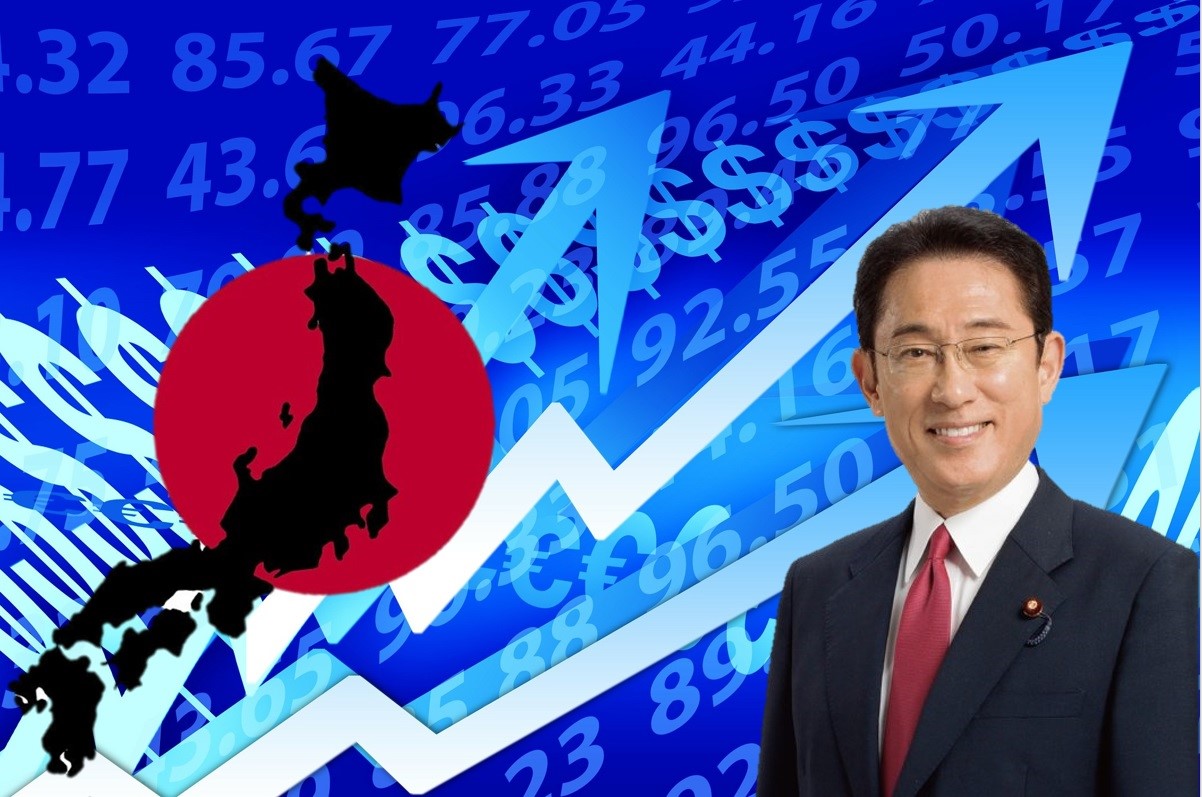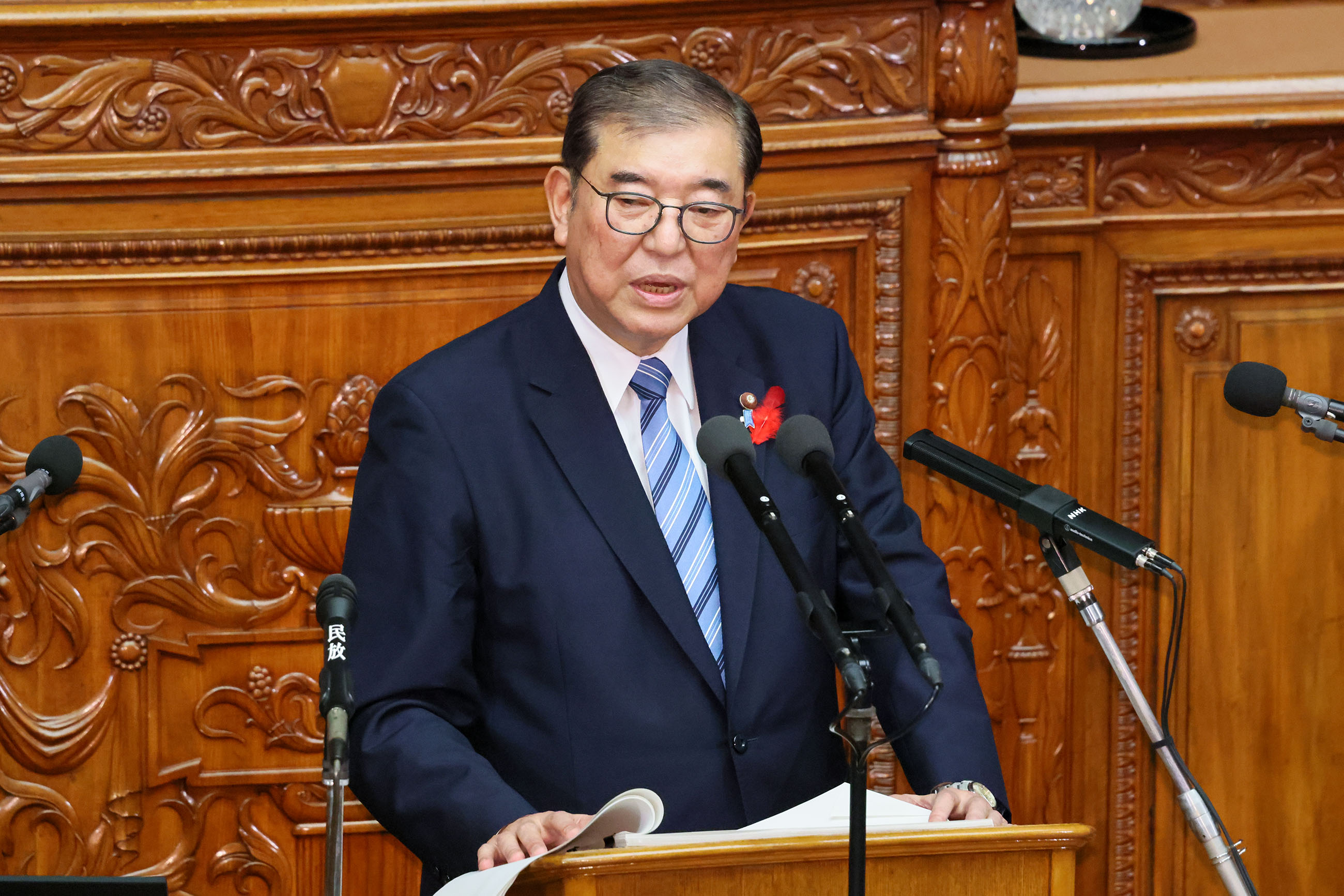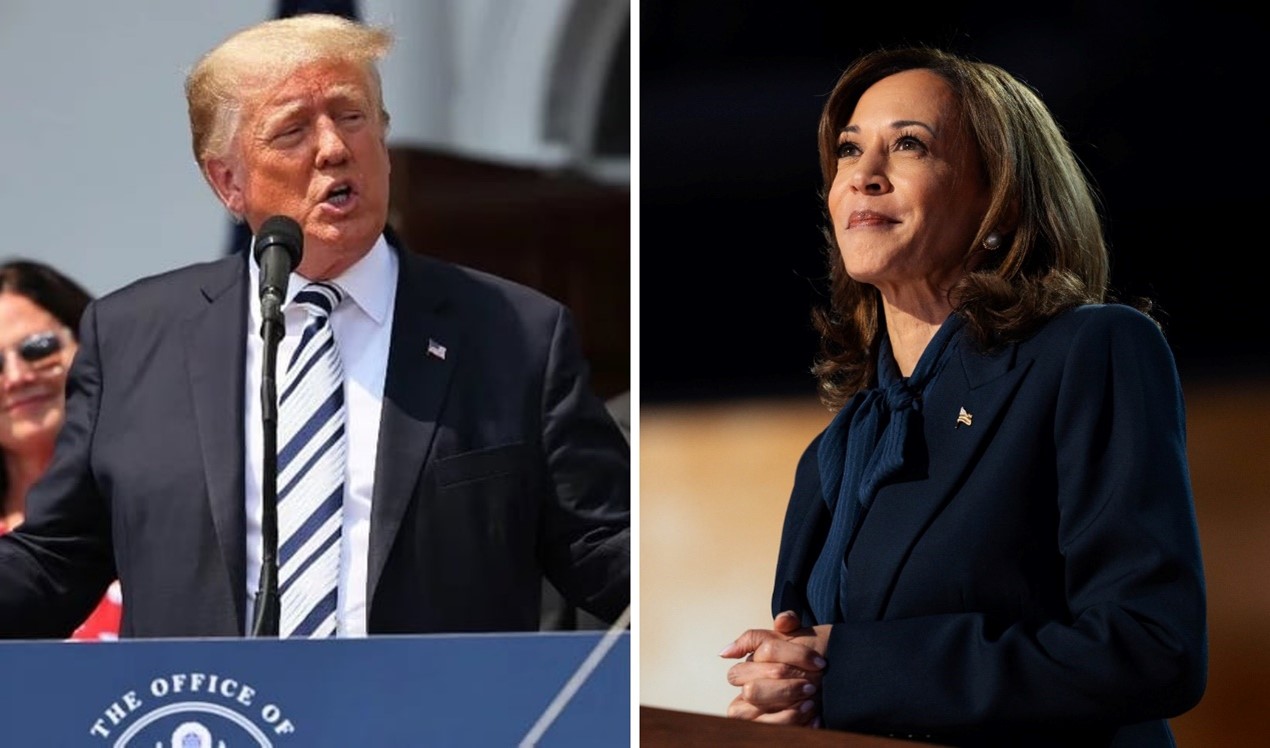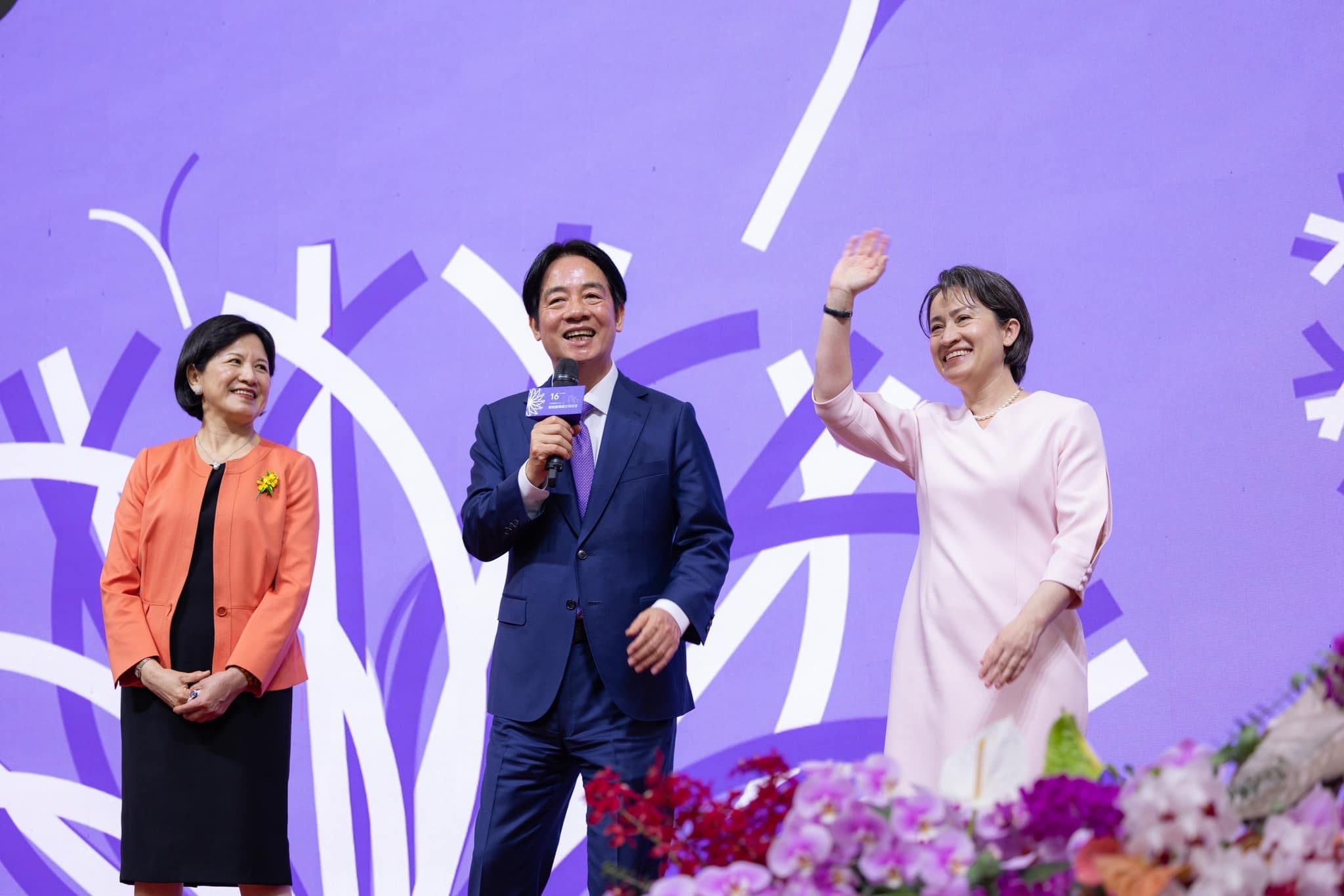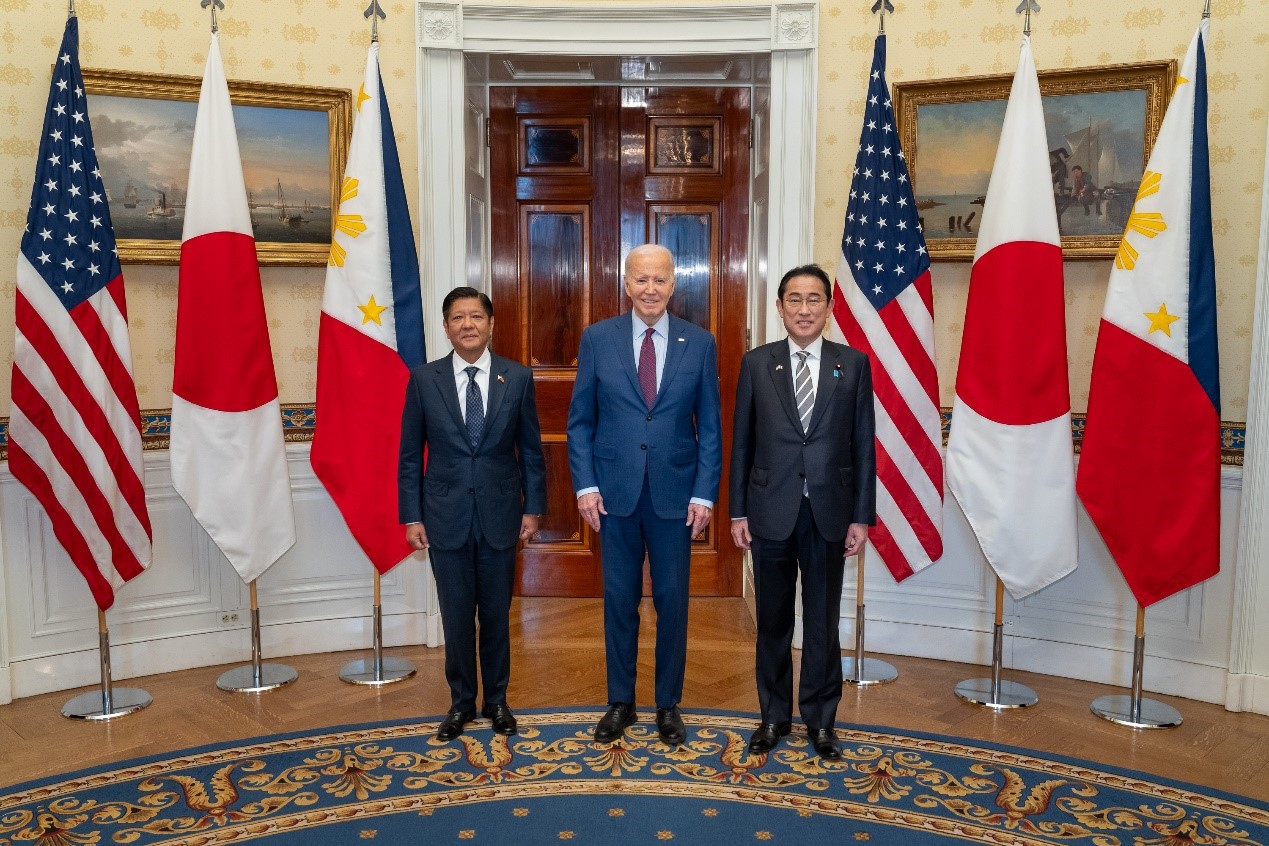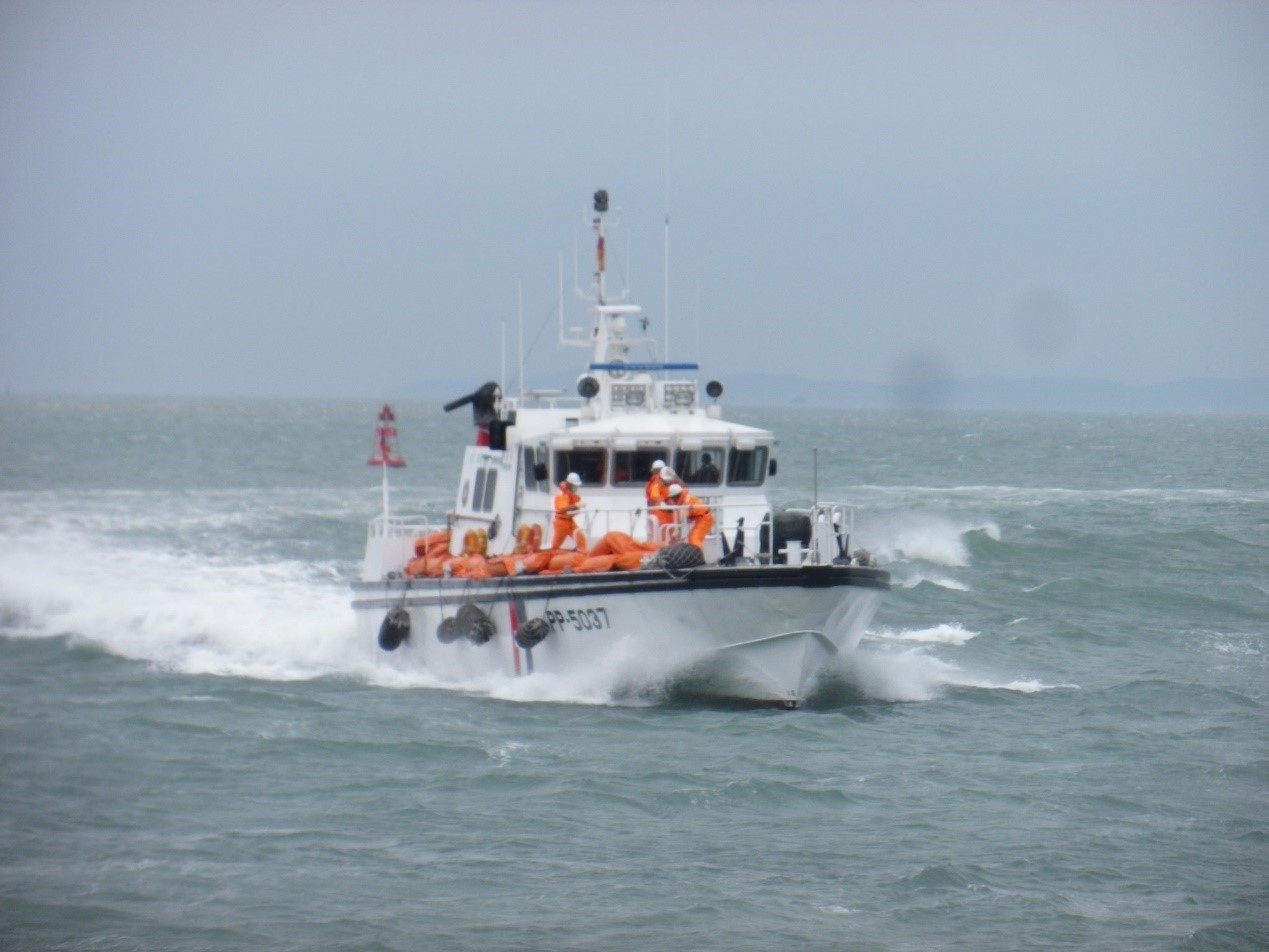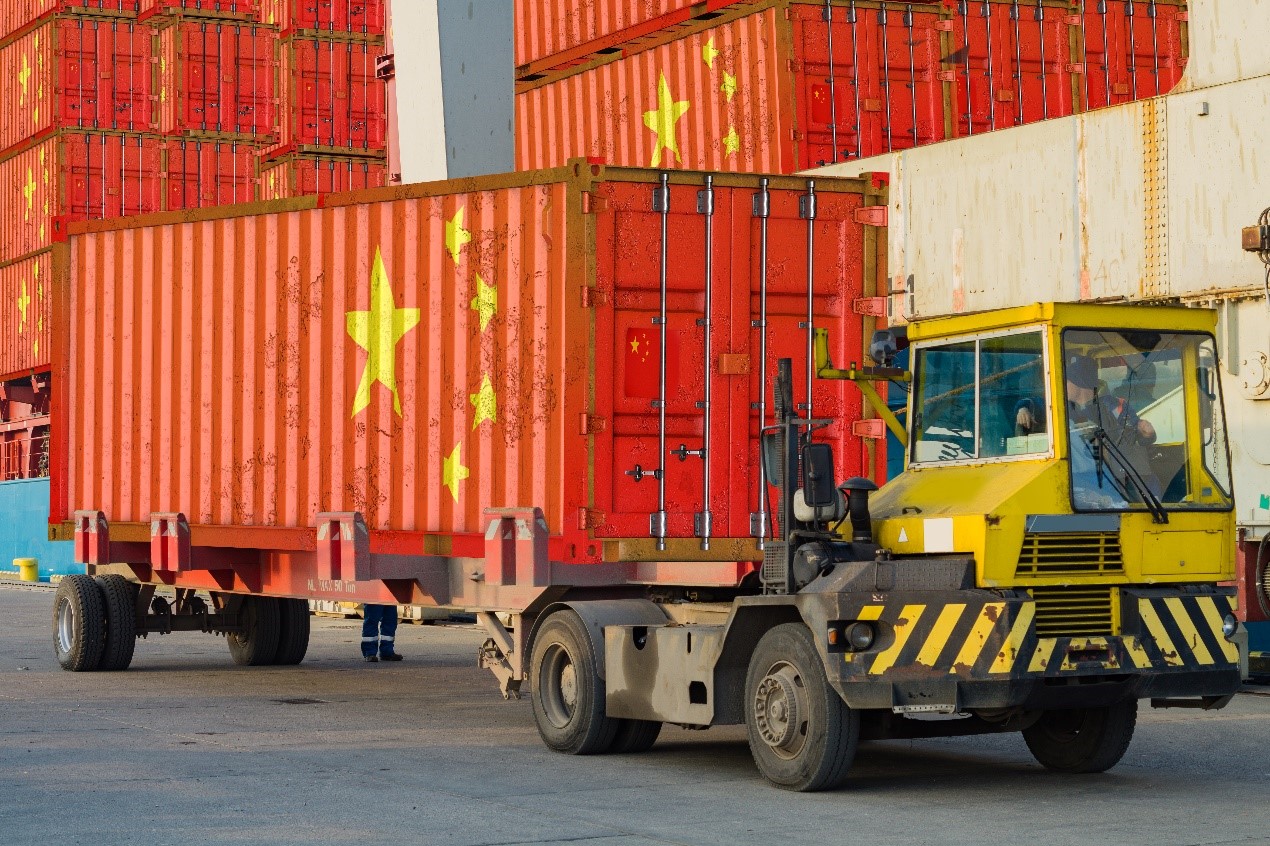Japan’s ruling party, the Liberal Democratic Party, took a big and skillful step forward to strengthen security relations with Taiwan by hosting the party-to-party “2+2” dialogue with Taiwan’s Democratic Progressive Party (DPP) on August 27.
Picture source: 民主進步黨, August 27, 2021, Facebook, https://www.facebook.com/dpptw/videos/580247399804168/
Prospects & Perspectives 2021 No. 47
The Taiwan-Japan 2+2 Dialogue and Regional Collective Security
September 2021
Starting earlier this year, Japan has become very supportive of Taiwan. The U.S.-Japan “2+2” summit in March 2021 made clear in the joint statement that China’s attempt to change the status quo in the East and South China Sea is now the first priority for the alliance. And for the first time, the alliance publicly mentioned the importance of peace and stability in the Taiwan Strait. On April 16, U.S. President Joe Biden and Japanese Prime Minister Yoshihide Suga also raised concerns about tensions in the Taiwan Strait in their joint statement.
Following the same line of logic, Japan’s ruling party, the Liberal Democratic Party (LDP), took a big and skillful step forward to strengthen security relations with Taiwan by hosting the party-to-party “2+2” dialogue with Taiwan’s Democratic Progressive Party (DPP) on August 27. The dialogue was attended by Lo Chih-cheng (羅致政) and Tsai Shih-ying (蔡適應) of the DPP, with Masahisa Sato and Taku Otsuka on the LDP side.
The dialogue came amid China’s increasing military activities in the region, from the almost daily entry of coast guard vessels in waters off the contested Diaoyutais (a de facto change to the status quo) and military aircraft intrusions into Taiwan’s southwestern air defense identification zone (ADIZ).
Both Taiwan and Japan delegates emphasized the convergence between their governments on the perceived threats from China and reaffirmed their desire to increase cooperation to counter those threats. Sato and Otsuka stressed the necessity of strengthening security cooperation between Taiwan and Japan as China’s assertive actions have changed the status quo and threaten the security of Japan and Taiwan, as well as the regional and international stability. Otsuka pointed out that Taiwan and Japan are located near the East China Sea and share common threats from China’s significant growth in military power.
Both sides also discussed their grave concerns about the frequent activities of China’s military aircraft and vessels in the East China Sea and surrounding Taiwan, concerns that will likely lead to deeper military cooperation, particularly at the coast guard level, and trilateral cooperation with the U.S.
Japan’s Strategic Recalibration
Japan’s recent strategic recalibration is the result of several factors. First, the tensions and strategic competition within international politics, trade, technology, and security between the U.S. and China was very likely to continue and even to intensify after Biden took office. Second, China’s rapid growth in military capabilities and its ambition to change the status quo in the East and South China Sea, as well as in the Taiwan Strait, became obvious following the enactment of its Coast Guard Act on February 1, allowing the use of weapons when necessary. If China can successfully change the status quo, it will post a direct threat to Japan’s survival.
Third, Japan’s 2021 Defense White Paper mentioned there are two major tendencies surrounding Taiwan that should raise Japan’s serious security concerns: China’s increasing military activity surrounding Taiwan and the U.S.’ firm support for the defense of Taiwan. These two major tendencies could ignite a direct military confrontation between China and the U.S.
Any of these three reasons will either drag Japan into a direct confrontation with China or would seriously threaten Japan’s interests if China changed the status quo in the East and South China Sea and waters surrounding Taiwan. Among other things, China could take control of Japan’s sea lines of communication.
In other words, Japan has no choice but to abandon the previous balance diplomacy between China and the U.S. and recalibrate its strategic stance toward China and Taiwan, and support the U.S. in establishing a regional collective security network with major democracies such as Australia, India, the U.K., and France. Most importantly, all of Japan’s concerns regarding the East and South China Sea and the Taiwan Strait center on the stability of Taiwan.
If the U.S. decided to intervene in a Taiwan contingency, Japan would have no choice but to prepare to defend its Southwestern islands as well as support U.S. military operations surrounding Taiwan, especially the considerable array of U.S. forces at Okinawa. On July 5, Deputy Prime Minister Taro Aso testified in the Diet that a possible Taiwan contingency would threaten Japan’s national survival and that the Self Defense Forces (SDF) would respond according to Japan’s 2015 new security legislation.
Regardless of the nature of China’s aggression, Japan would have to face a two-pronged a difficult dilemma — active SDF support for U.S. forces operations and the defense of Japan’s territorial integrity. The April summit kicked off U.S.-Japan Alliance consultations on a possible Taiwan contingency through the Alliance Coordination Mechanism (ACM) and Bilateral Plan Mechanism (BPM). During the year-long consultation, Japan will be required to develop new military priorities and military assets redistribution for self-protection and sufficient support to U.S. operations during a Taiwan contingency. Those joint missions would necessitate SDF participation, SDF bases and facilities would need to be made available to U.S. forces, and SDF military assets would be required for the defense of Japan’s territorial integrity.
Regional Collective Security Mechanism
The U.S. and Japan have successfully persuaded major democracies to specify the importance of peace and stability in the Taiwan Strait. This includes the G7 foreign ministers’ Communiqué in May, the U.S.-Korea summit, the Japan-E.U. Summit, the Japan-Australia “2+2,” and the Carbis Bay G7 Summit Communiqué. During the June 16 ASEAN Defense Ministers’ Meeting Plus, Japanese Defense Minister Nobuo Kishi criticized China’s attempts to change the status quo by force in the East and South China Sea and mentioned again the importance of the Taiwan Strait to regional and international stability.
In fact, over the past decade the U.S.-Japan alliance has built the foundations for a collective security mechanism. The U.S. has treaties with Australia, the U.K. and France, and has been strengthening security ties with India, including the 2016 Logistics Exchange Memorandum of Agreement (LEMOA), the 2018 Communications Compatibility and Security Agreement (COMCASA), and the 2020 Basic Exchange and Cooperation Agreement (BECA).
Japan, starting from Prime Minister Shinzo Abe’s second term in 2012, has actively concluded several defense cooperation agreements with major democracies. By doing so, Japan serves as a bridge between those and the U.S. allies as part of a multilateral security mechanism in the Indo-Pacific region.
Prevention of a military crisis between the U.S. and China surrounding Taiwan is Tokyo’s first strategic priority. Japan’s collective defense establishment operates under three rationales. First, a multilateral security mechanism involving many democracies will increase the political costs to China for provocative actions and will effectively deter China’s ambitions to change the status quo. Second, a multilateral security mechanism can effectively prevent direct military confrontation between the U.S. and China; consequently, Japan could avoid being dragged into a military confrontation with China. Third, along with the East and South China Sea, the U.S. and Japan have set the tone in emphasizing that the Taiwan Strait is an important international waterway that needs to gain international support to deter China’s efforts to alter the status quo, such as regular naval passages, the Coast Guard Act, artificial islands in the South China Sea, the Code of Conduct in the South China Sea, and frequent military activity surrounding Taiwan.
In addition, the multilateral security mechanism serves several strategic purposes for the U.S. and Japan. First, establishing rapid readiness forces in responding to contingencies in the East and South China Sea and the Taiwan Strait. Second, functioning as main countermeasure to China’s gray zone tactics and attrition warfare against Japan and Taiwan. Third, internationalizing the East and South China Sea as important common waterways to counter China’s internalization of the South China Sea through the Code of Conduct. Forth, amplifying collective deterrence against China. Fifth, burden sharing with the heavy mission-loaded 7th Fleet of the U.S. Sixth, and increasing Japan’s security role in the region.
In sum, a serious strategy of military and diplomatic coalition building with the aim of ensuring Taiwan’s autonomy and the safe passage in international waterways would go a long way toward signaling Japan’s strategic recalibration. Under the current circumstances, Tokyo has to consider its demonstration of official support to Taiwan and establish security and diplomatic coalitions that similarly acknowledge Taiwan’s need for international support.
(Dr. Kuo is Professor, Institute of China and Asia-Pacific Studies, National Sun Yat-sen University)

